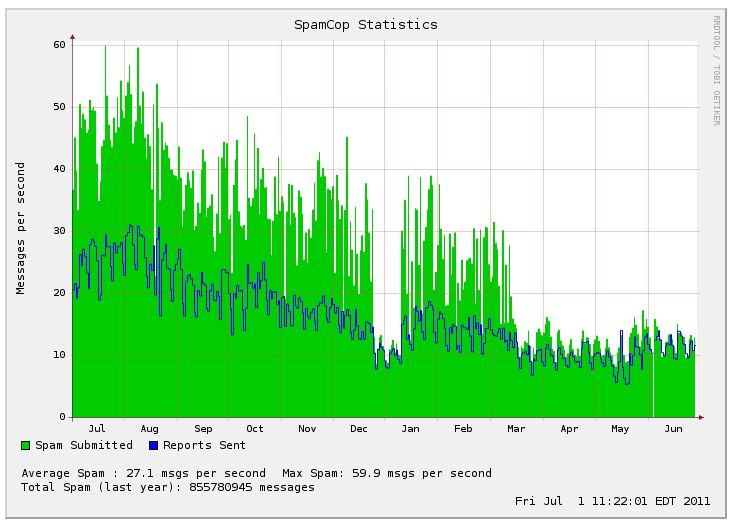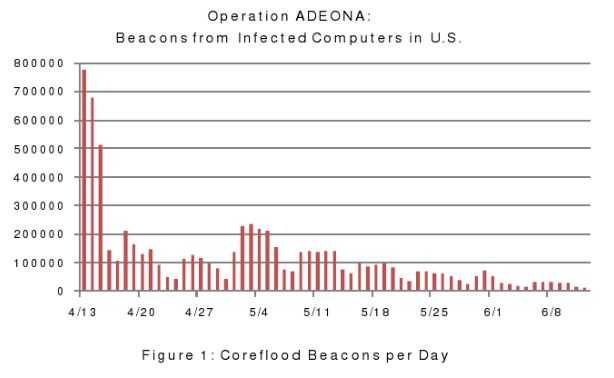 Federal banking regulators today released a long-awaited supplement to the 2005 guidelines that describe what banks should be doing to protect e-banking customers from hackers and account takeovers. Experts called the updated guidance a step forward, but were divided over whether it would be adequate to protect small to mid-sized businesses against today’s sophisticated online attackers.
Federal banking regulators today released a long-awaited supplement to the 2005 guidelines that describe what banks should be doing to protect e-banking customers from hackers and account takeovers. Experts called the updated guidance a step forward, but were divided over whether it would be adequate to protect small to mid-sized businesses against today’s sophisticated online attackers.
The new guidance updates “Authentication in an Internet Banking Environment,” a document released in 2005 by the Federal Financial Institutions Examination Council (FFIEC) for use by bank security examiners. The 2005 guidance has been criticized for being increasingly irrelevant in the face of current threats like the password-stealing ZeuS Trojan, which can defeat many traditional customer-facing online banking authentication and security measures. The financial industry has been expecting the update since December 2010, when a draft version of the guidelines was accidentally leaked.
The document released today (PDF) recognizes the need to protect customers from newer threats, but stops short of endorsing any specific technology or approach. Instead, it calls on banks to conduct more rigorous risk assessments, to monitor customer transactions for suspicious activity, and to work harder to educate customers — particularly businesses — about the risks involved in banking online.
“Fraudsters have continued to develop and deploy more sophisticated, effective, and malicious methods to compromise authentication mechanisms and gain unauthorized access to customers’ online accounts,” the FFIEC wrote. “Rapidly growing organized criminal groups have become more specialized in financial fraud and have been successful in compromising an increasing array of controls.”
The 2005 guidelines drew little distinction between precautions a bank should take to protect consumer and commercial accounts, but the supplement makes clear that online business transactions generally involve much higher level of risk to financial institutions and commercial customers. It calls for “layered security programs” to deal with these riskier transactions, such as:
-methods for detecting transaction anomalies;
-dual transaction authorization through different access devices;
-the use of out-of-band verification for transactions;
-the use of “positive pay” and debit blocks to appropriately limit the transactional use of an account;
-“enhanced controls over account activities,” such as transaction value thresholds, payment recipients, the number of transactions allowed per day and allowable payment days and times; and
-“enhanced customer education to increase awareness of the fraud risk and effective techniques customers can use to mitigate the risk.”
Continue reading →
 A prediction market is similar to a regular stock exchange, except the “stocks” are simple statements that the exchange’s members are encouraged to evaluate. Traders will buy and sell “shares” of a stock based on the strength of their confidence about the future outcome—with an overall goal of increasing the value of their portfolios, which will in turn earn them some sort of financial reward. Traders may choose to buy or sell additional shares of a stock, and that buying and selling activity pushes the stock price up or down, just as in a real market.
A prediction market is similar to a regular stock exchange, except the “stocks” are simple statements that the exchange’s members are encouraged to evaluate. Traders will buy and sell “shares” of a stock based on the strength of their confidence about the future outcome—with an overall goal of increasing the value of their portfolios, which will in turn earn them some sort of financial reward. Traders may choose to buy or sell additional shares of a stock, and that buying and selling activity pushes the stock price up or down, just as in a real market.














